
Fashion trends come and go, but certain looks set up permanent residence in our collective memory. These women understood that the right outfit could start a conversation, shift a mood, or even spark a cultural movement. Their style moments weren’t accidents—they were masterclasses in personal branding before hashtags existed.
Audrey Hepburn
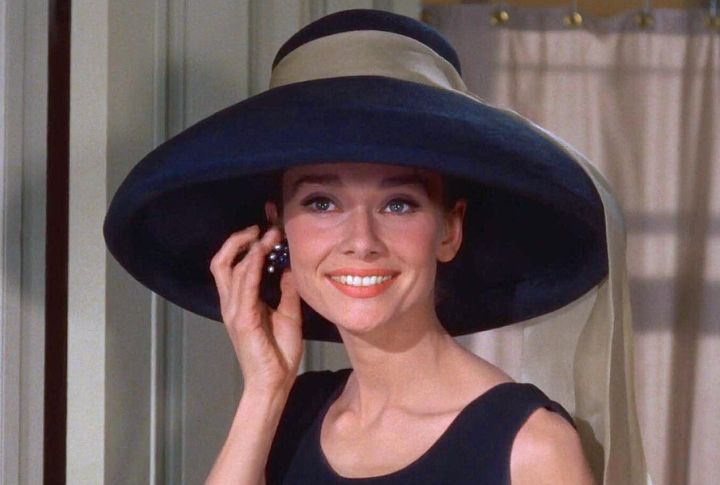
Audrey Hepburn became synonymous with chic minimalism because she favored comfortable silhouettes off-screen. Famed for her collaboration alongside Givenchy and her iconic black dress in “Breakfast at Tiffany’s”, she was later inducted into the International Best Dressed List Hall of Fame. To this day, her elegance continues to inspire designers and fashion lovers worldwide.
Princess Diana
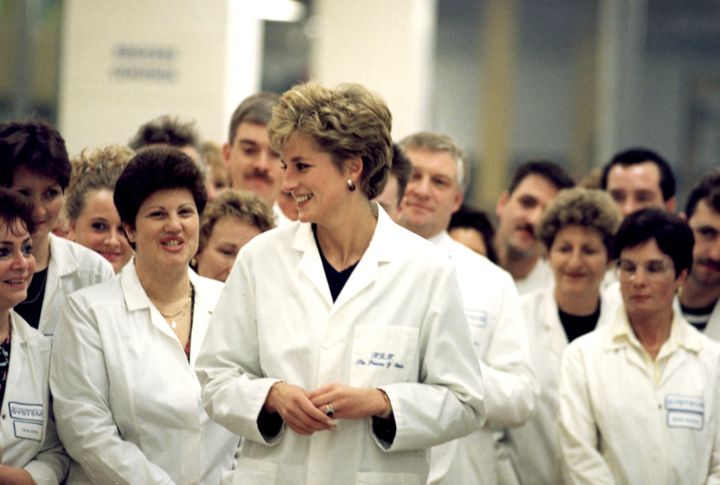
Few public figures redefined grace like Princess Diana, whose strong wardrobe choices made her a royal street-style icon. She preserved traditional royal standards through refined tailoring, simultaneously embracing contemporary aesthetics via streamlined designs by Versace. Her famous “revenge dress” symbolized empowerment, while her humanitarian work gave her appearance an even deeper lasting cultural depth.
Diana Ross
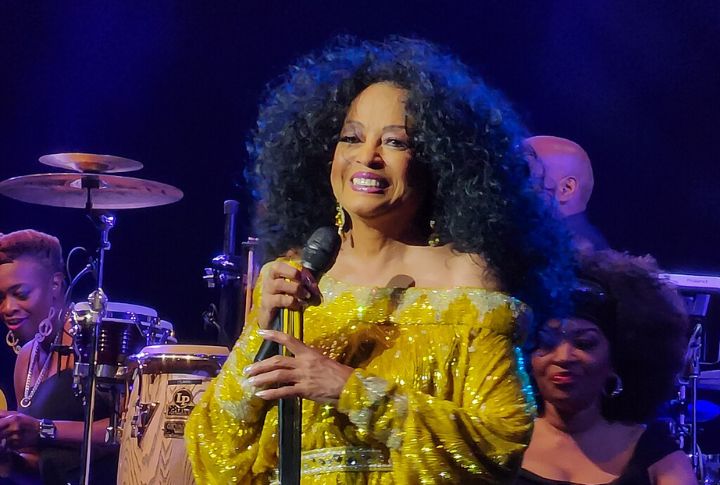
Before celebrity stylists were common, Diana Ross mesmerized audiences through her dazzling stage looks. Her style inspired artists like Rihanna, who wore dramatic gowns and bold hairstyles reminiscent of Ross’s signature looks. Though she designed many outfits herself, she also helped launch designer Bob Mackie by wearing his work before he became popular.
Cindy Crawford
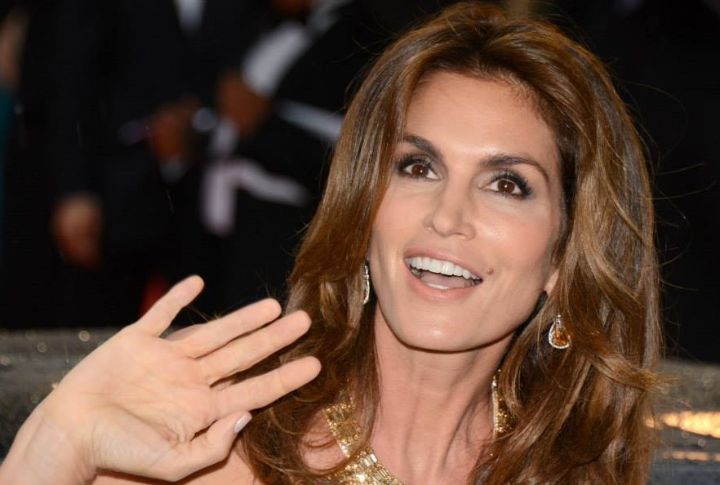
All-American icon Cindy Crawford graced nearly every major cover in the ’90s and was known for her beauty mark. Beyond modeling, she transitioned to business and family campaigns alongside daughter Kaia. However, it was Crawford’s approachable, athletic look that made her a favorite among brands, and she proved that supermodels could transform their image into lasting business success.
Twiggy
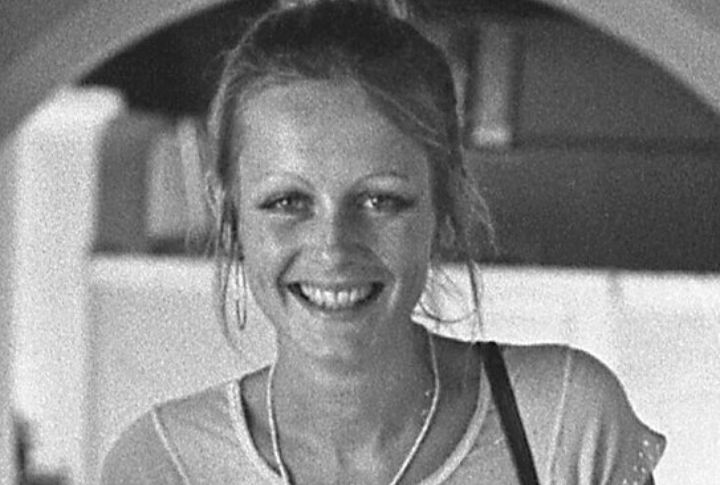
Twiggy redefined beauty standards by challenging the curvier, more traditionally feminine image dominating the early 1960s. With her doll-like eyes emphasized by painted-on lashes, she introduced a youthful aesthetic that embraced minimalism. As she turned 17, she was already on the cover of Vogue, which marked a pivotal moment in her meteoric rise.
Carolina Herrera
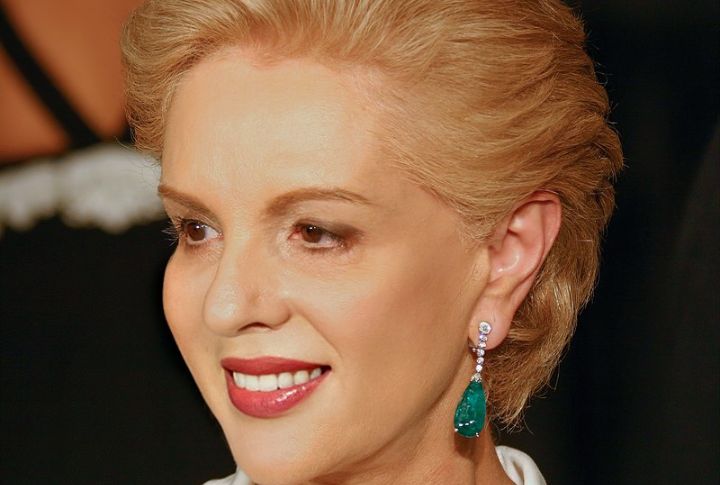
Fashion designer Carolina Herrera didn’t just dress icons—she emerged as one. Famous for her crisp white blouses and clean silhouettes, she launched her label after being featured on Best Dressed lists. Her designs, worn by First Ladies from Jackie Kennedy to Michelle Obama, still demonstrate that elegance and strength can coexist effortlessly in style.
Naomi Campbell
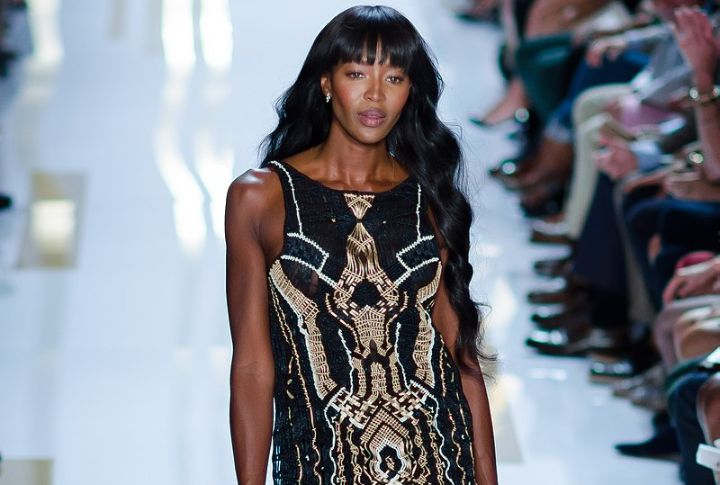
Commanding runways through her fierce walk, Naomi Campbell broke barriers as the first Black model on major magazine covers. A muse to Versace and Alaia, she also challenged the industry’s narrow beauty standards and pushed for diversity. Decades on, Campbell still walks for top designers, as a runway legend whose influence endures.
Jean Shrimpton
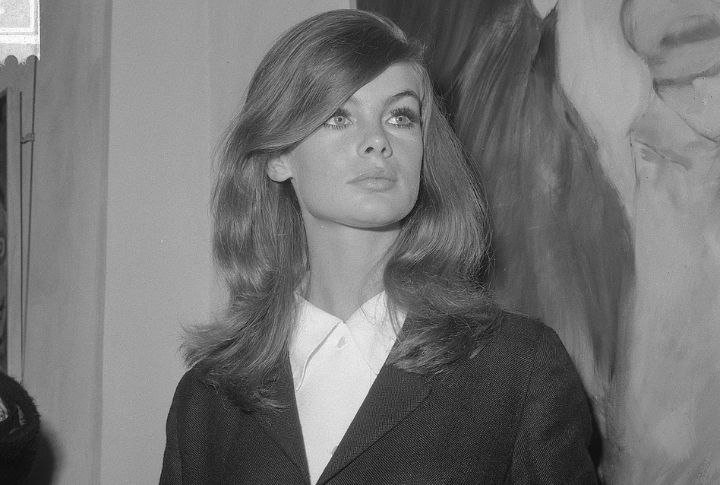
Swinging London, the vibrant 1960s cultural revolution of fashion, wouldn’t be a landmark era without Jean Shrimpton, whose short skirts got everyone talking. Crowned “The Face of the ’60s,” she made modern femininity look like a breeze by setting trends that refuse to retire. Today, her casual-chic vibe remains the gold standard of effortless looks.
Cher
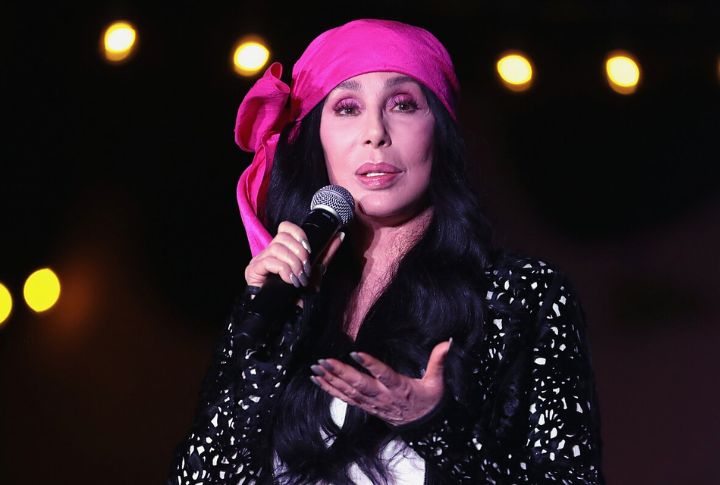
Known for constantly revamping her look, Cher built a career on bold fashion by working alongside designer Bob Mackie to debut different styles. From shocking everyone in her sheer Oscar gowns to edgy TV appearances, she redefined red-carpet norms. And as a pioneering woman to have #1 hits across six decades, she set the standard for modern stardom.
Jackie Kennedy
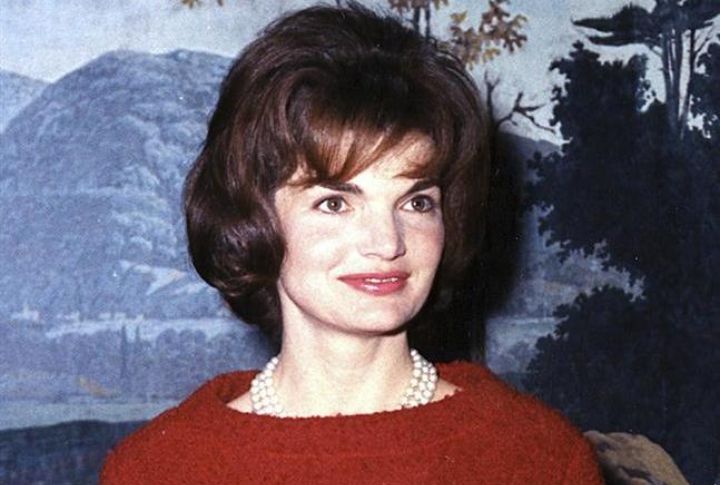
Sophisticated style transformed the White House into a worldwide fashion hub during Jackie Kennedy’s time. Teaming up with Oleg Cassini, she crafted a First Lady chic look by donning suits, pearls, and oversized sunglasses. In fact, her refined, diplomatic style later inspired the spouses of world leaders and is still referenced in runway collections and museum retrospectives.
Kate Moss
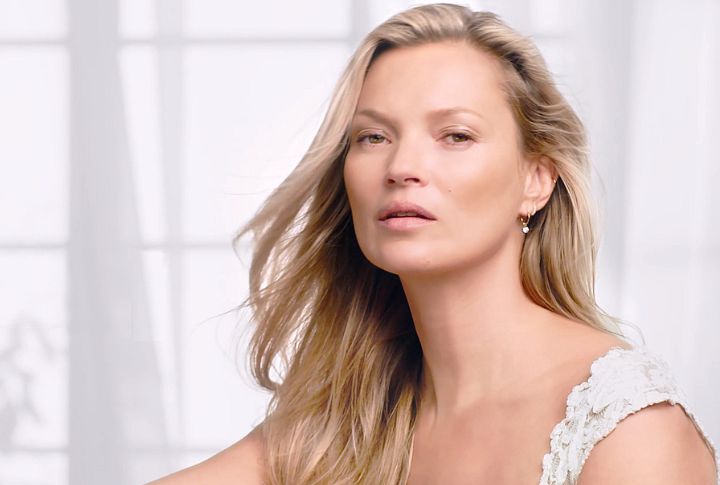
Catapulted to fame as Calvin Klein’s ’90s muse, Kate Moss turned edgy minimalism and vintage flair into a revolution. Her off-duty looks, which are part grunge, part glamour, sparked trends in runways and music festivals. And decades later, she’s still the blueprint for street style, where effortless cool meets high-fashion edge.
Marilyn Monroe
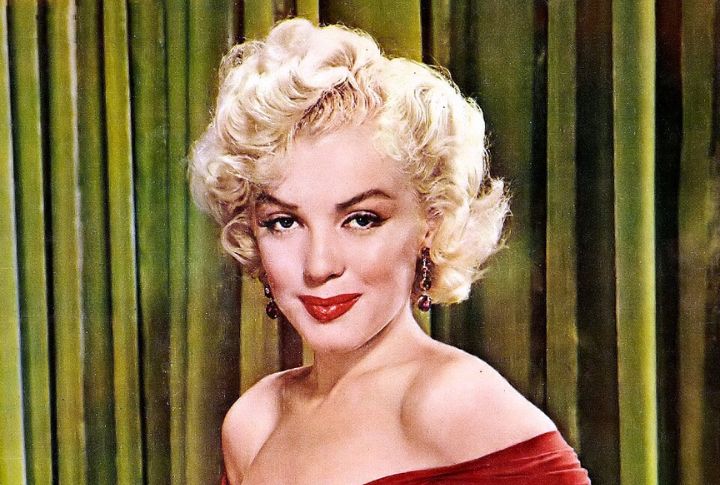
As the ultimate blonde icon, Marilyn Monroe shaped pop culture with her figure-hugging dresses and sultry screen presence. She shimmered in a golden dress from “Gentlemen Prefer Blondes” and dazzled in the white halter dress billowing over a subway grate in “The Seven Year Itch”. Safe to say, each of these looks was a trend-defining highlight.
Iman
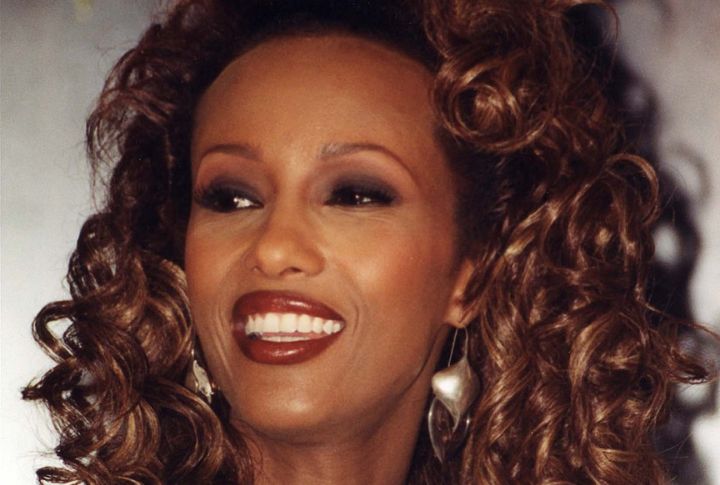
Breaking barriers in beauty and business, Iman was a muse for Calvin Klein. This challenged Eurocentric beauty norms when she became one of the first Black supermodels. She even founded a cosmetics brand for women of color years before inclusivity was mainstream and championed for true diversity in the modeling industry.
Josephine Baker
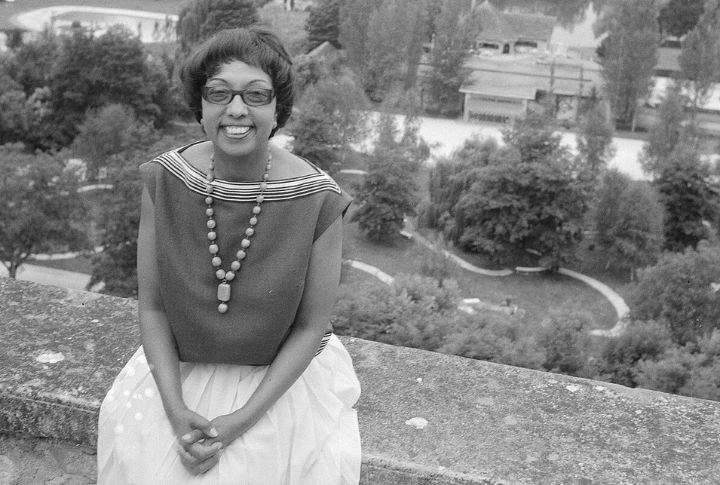
Jazz-age legend Josephine Baker was a true trend mogul who turned fashion into a tool of self-expression. She popularized the banana skirt and completed her outfits by adorning statement earrings and oversized cocktail rings for a lavish look. Offstage, her tailored suits, bold headpieces, as well as leopard-print ensembles set trends that still inspire designers today.
Brigitte Bardot

Brigitte Bardot became an icon through her effortless mix of sensuality and playfulness. She also popularized the off-the-shoulder “Bardot neckline” and even helped make capri pants a staple by wearing them on-screen and in her everyday life. Additionally, her tousled hair, paired with cat-eye makeup and a chic Riviera style, emerged as hallmarks of her signature look.
Paris Hilton
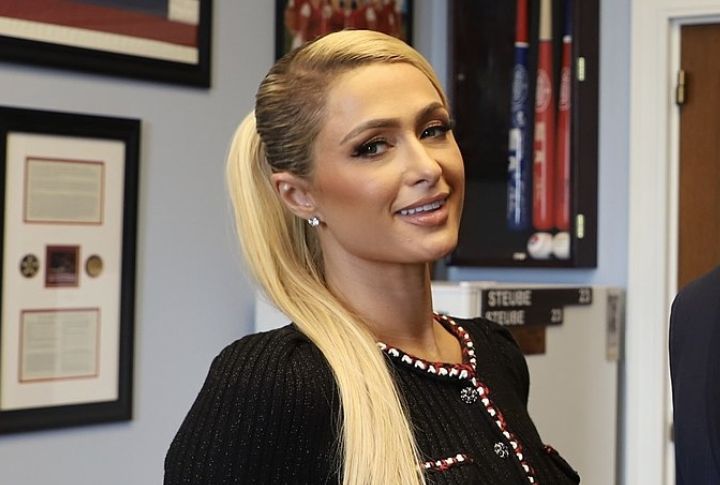
Covered in rhinestones, Juicy Couture, and low-rise jeans, Paris Hilton ushered in the Y2K style era. Long before influencers were a common sight, she built an empire around her image and trademarked “That’s hot.” Hilton even helped popularize selfie culture by turning routine errands into photo opportunities and reimagining casual, everyday outfits into bold fashion statements.
Grace Jones
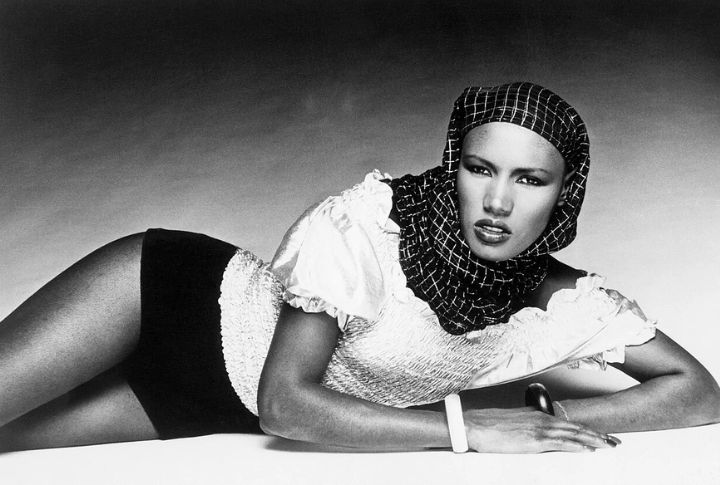
If confidence had a face, it would look like Grace Jones in a razor-cut suit. She blurred the lines between model, actress, and living artwork, making shoulder pads and sharp tailoring feel dangerous in the best way. Bond films, runways, and avant-garde shoots—she owned them all before the world caught up.
Rihanna
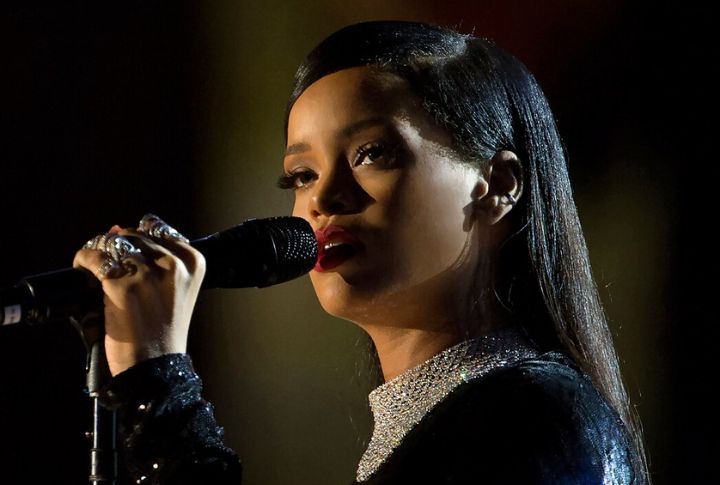
Some see a stage. Rihanna sees a runway. She’s as likely to stun in avant-garde couture as she is to make ripped jeans look like a revolution. Her music videos, red carpet turns, and even her off-duty days read like a style manifesto—unpredictable and unforgettable.
Zendaya
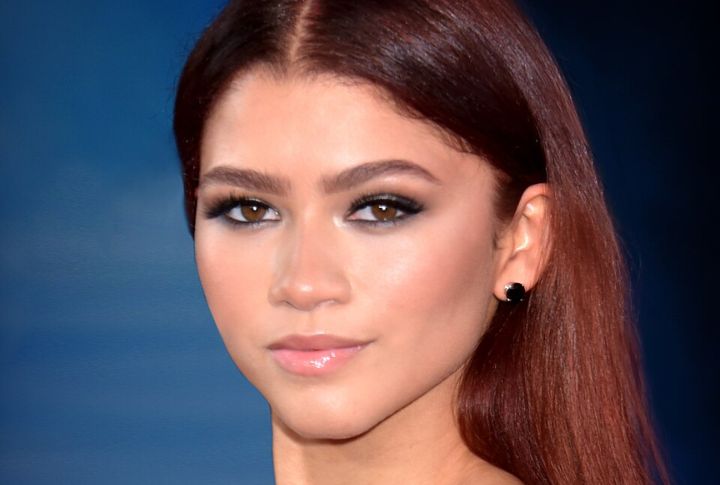
A red carpet chameleon, Zendaya stuns in each reinvention— whether vintage Old Hollywood or futuristic glam. She once arrived at the Met Gala as Cinderella, complete in a light-up gown and a stylist acting as her fairy godmother. Teaming with Law Roach, the actress has also turned jaw-dropping fashion moments into a Gen Z masterclass in style.
Liza Minnelli
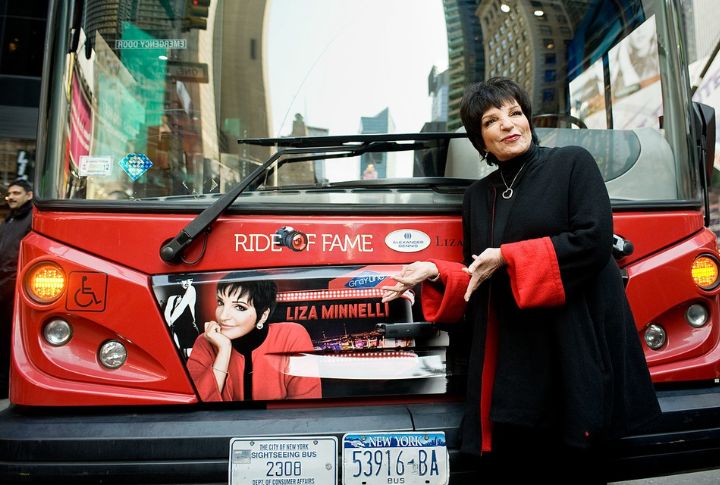
Every time Liza Minnelli stepped into the spotlight, it felt like the room tilted toward her. The glittering Halston gowns, the sharp tuxedos, the fearless pixie cut—each choice was a performance in itself. She didn’t just wear clothes; she transformed them into moments that linger in memory long after the applause faded.

